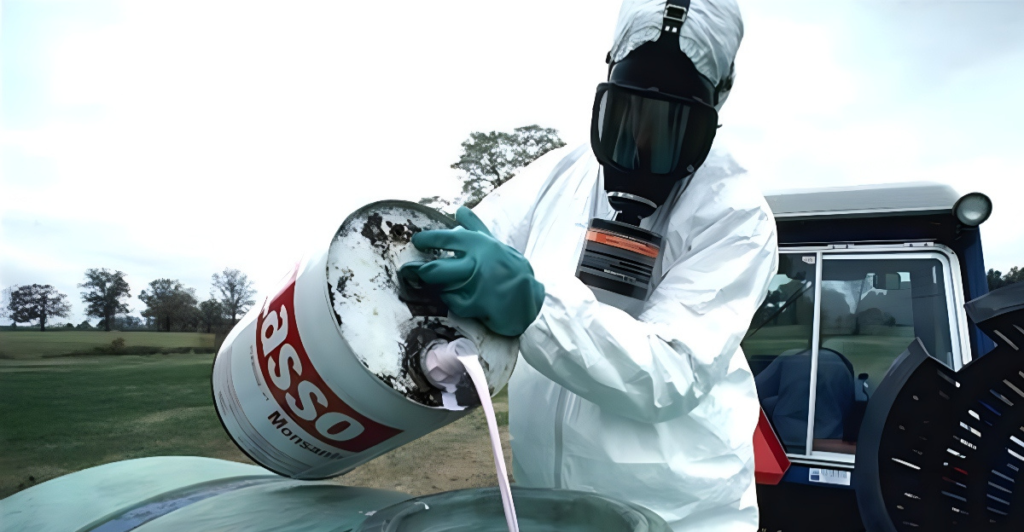
Pesticides are designed to kill pests—but what happens when they push endangered animals to the brink of extinction? A recent court ruling is forcing the Trump administration’s Fish and Wildlife Service to finally address that question. After years of delays, the agency must now assess how six widely used pesticides impact some of America’s most vulnerable species. With scientific reports linking these chemicals to devastating harm, the stakes couldn’t be higher. Will this ruling lead to real action, or will politics continue to muddy the waters?
A Court Ruling With Major Consequences
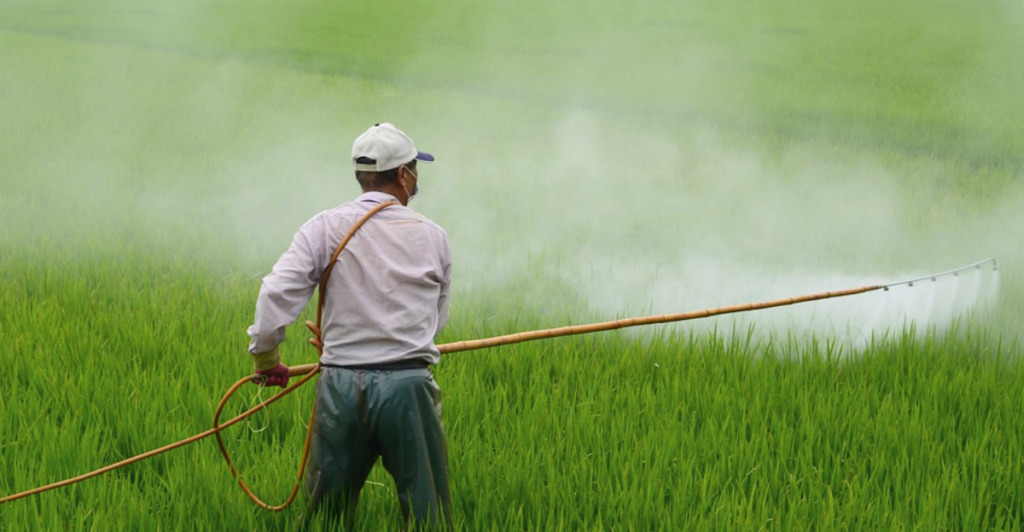
A federal court has just forced the Trump administration’s Fish and Wildlife Service to assess how six highly toxic pesticides impact endangered species—after years of delay. These pesticides, including chlorpyrifos, carbaryl, and diazinon, are linked to widespread harm, affecting up to 97% of protected species. Scientists have warned for years about the devastating effects on ecosystems, yet regulatory agencies repeatedly stalled, leaving endangered species at increasing risk of extinction. This ruling marks a rare moment where judicial oversight steps in to correct government inaction. But it’s not the first time. The EPA has a history of allowing dangerous pesticides to remain in use despite clear scientific evidence of harm, often under pressure from industry lobbyists. Now, the question is: will this decision finally lead to meaningful action, or will the administration find ways to delay further? The stakes are high—not just for endangered species but for entire ecosystems.
Pesticides Are Driving Species to Extinction
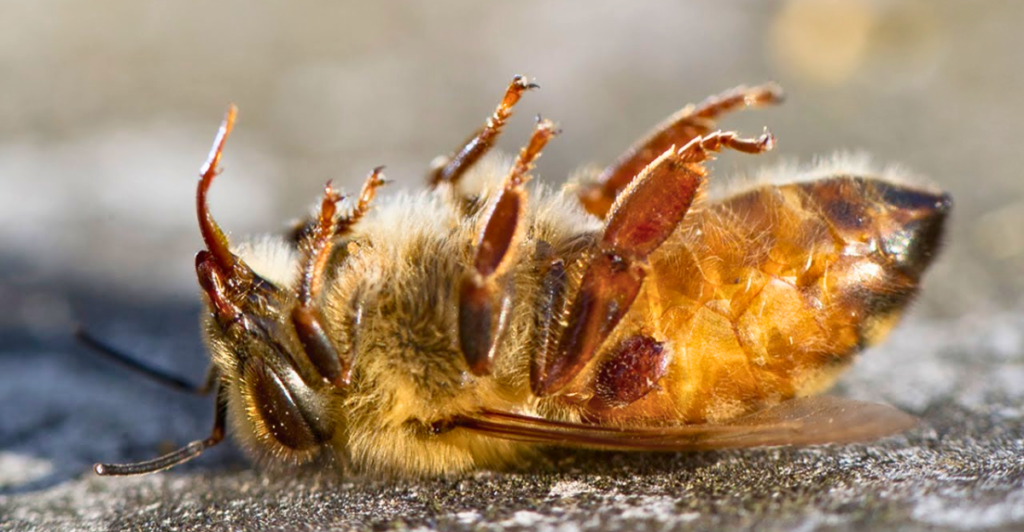
Pesticides aren’t just killing pests—they’re wiping out species on a massive scale. Neonicotinoids alone threaten over 200 endangered species. Chlorpyrifos, a neurotoxin, affects 97% of protected wildlife. From pollinators like the rusty-patched bumblebee to aquatic species like the Alabama cave shrimp, entire ecosystems are unraveling. The numbers are staggering. The crisis is undeniable.
Government Inaction—A Pattern of Failure
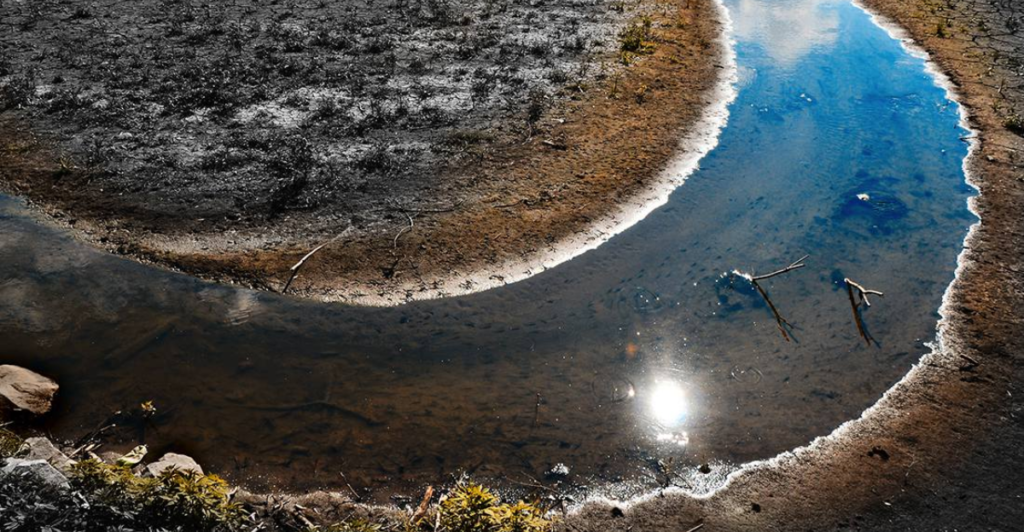
This isn’t the first time regulators ignored science. In 2017, Fish and Wildlife Service scientists found that pesticides threatened over 1,200 species—but political appointees blocked the report. Courts have repeatedly had to intervene, calling the EPA’s delays “filibustering.” The pattern is clear: industry influence is dictating policy, and endangered species are paying the price.
Industry Influence Over Public Safety

Pesticide manufacturers wield enormous power over regulators. Internal EPA emails reveal meetings between officials and industry reps before the EPA approved the neurotoxin aldicarb,despite its known risks. Florida officials rejected it, but the EPA pushed forward. This is regulatory capture in action—where agencies meant to protect the public instead serve corporate interests at the expense of biodiversity.
The EPA’s Own Data Shows the Danger

Even the EPA’s own assessments reveal the scope of the crisis. Carbaryl threatens 91% of endangered species. Diazinon impacts 78%. Malathion was found to harm over 1,200 species, yet it remains widely used. These aren’t minor concerns—they’re mass extinction-level threats. The data is there. The science is clear. What’s missing? Action.
The Silent Collapse of Pollinators
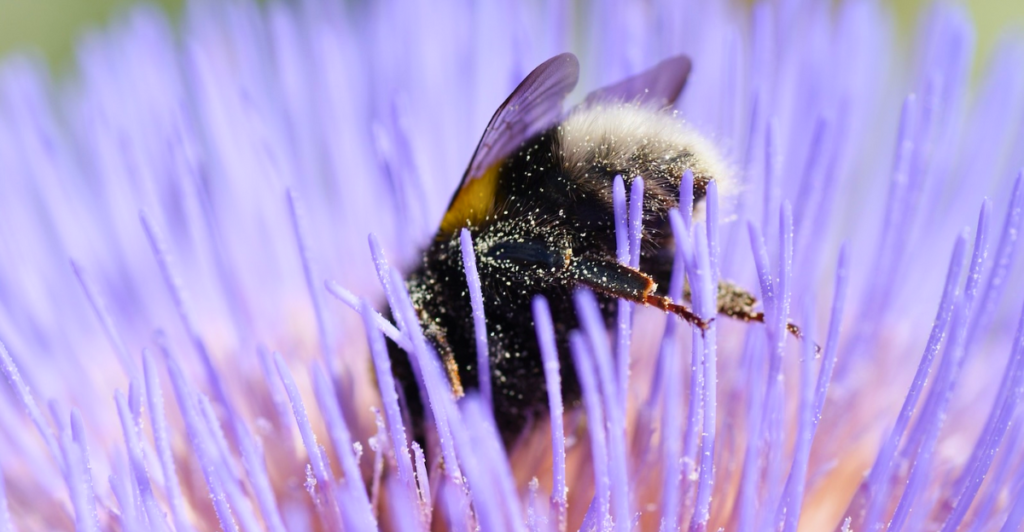
The rusty patched bumblebee—once common—is now endangered. Pesticides have driven populations down by nearly 90%. Cities have become safer than farmland because monoculture crops drenched in chemicals leave no room for pollinators. Without bees, food production collapses. This is no longer a distant concern—it’s happening now, and the consequences will be catastrophic.
Pesticides Don’t Just Kill Insects
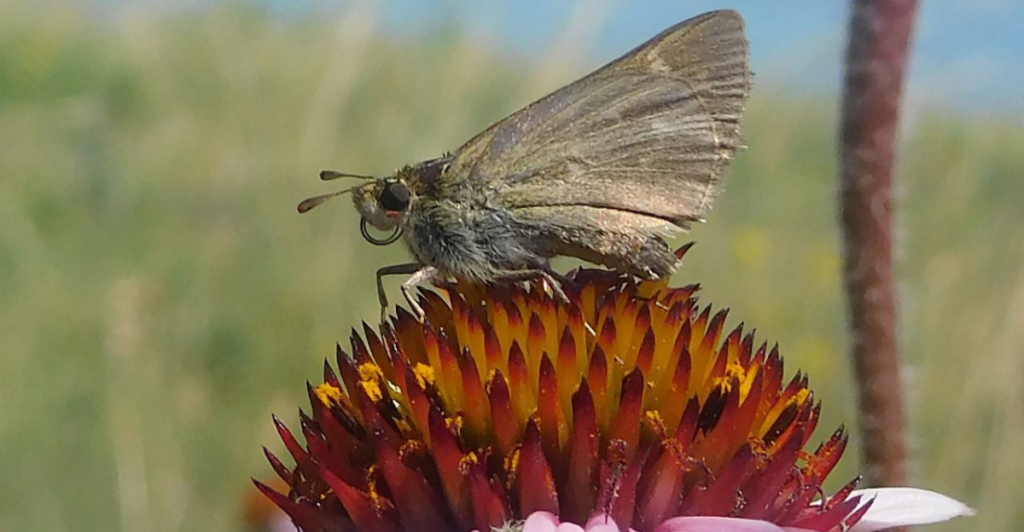
Endangered birds, fish, and mammals are caught in the pesticide crisis. The Attwater’s prairie chicken, Dakota skipper butterfly, and star cactus are all at risk. Pesticides don’t stay put—they seep into waterways, poison food chains, and spread across ecosystems. When nearly every protected species is threatened, it’s not just a warning sign—it’s an emergency.
The Role of Judicial Oversight

When agencies fail, courts step in. The 9th Circuit compared the EPA’s delays to “filibustering,” exposing a government unwilling to act. This ruling is more than environmental protection—it’s about enforcing laws meant to prevent exactly this kind of crisis. Without the courts, endangered species would have no defense against political interference.
Solutions Exist—But Require Action
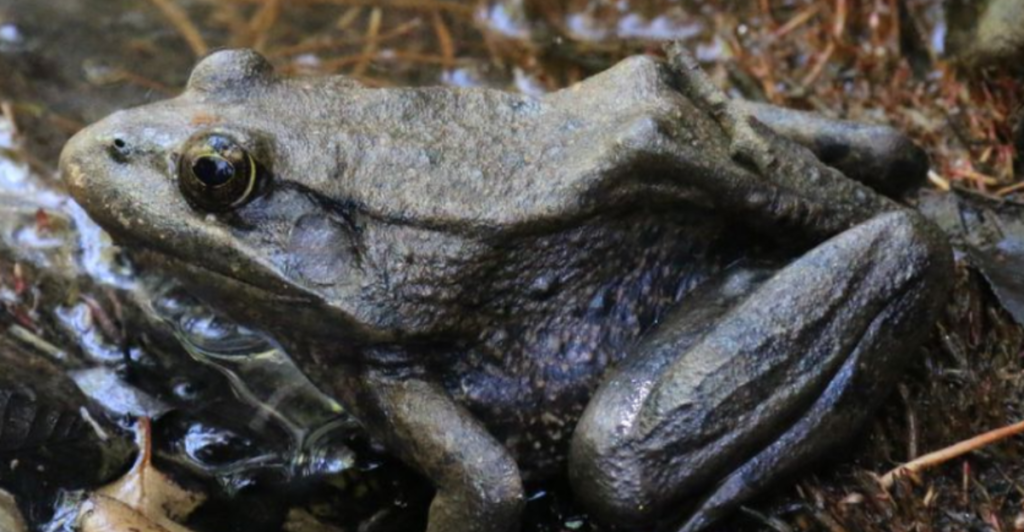
Integrated Pest Management (IPM) can reduce reliance on chemicals while maintaining crop yields. The EPA has proposed reforms, but without enforcement, they’re meaningless. Farmers need support to transition to safer methods. Consumers must demand accountability. The science is clear, the alternatives exist—what’s missing is the political will to act.
Will This Ruling Spark Real Change?
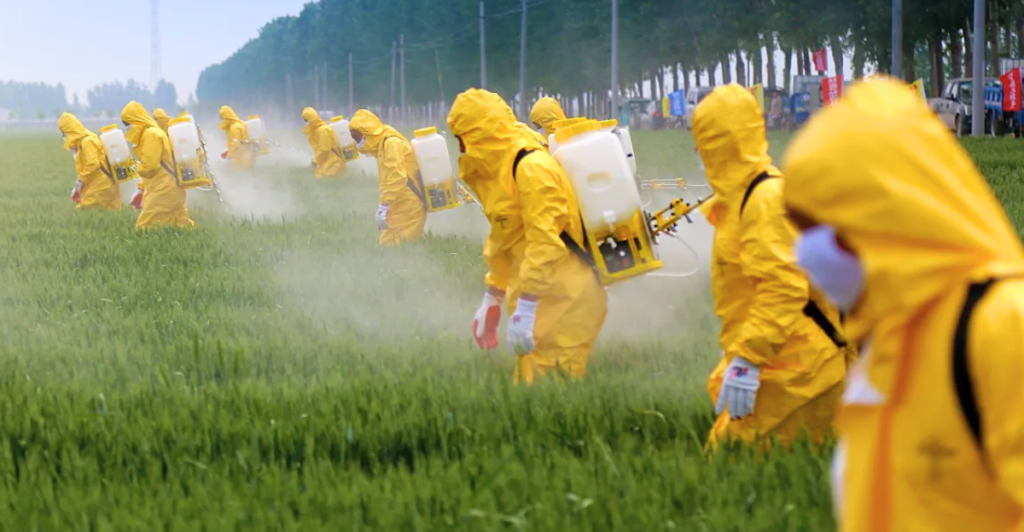
The court ruling forces action, but will it lead to real reform—or just more bureaucratic stalling? The pesticide industry won’t give up its influence easily. The battle isn’t just for endangered species—it’s for the integrity of environmental law itself. If regulators won’t act, the courts—and the public—must hold them accountable before it’s too late.
Explore more of our trending stories and hit Follow to keep them coming to your feed!

Don’t miss out on more stories like this! Hit the Follow button at the top of this article to stay updated with the latest news. Share your thoughts in the comments—we’d love to hear from you!







